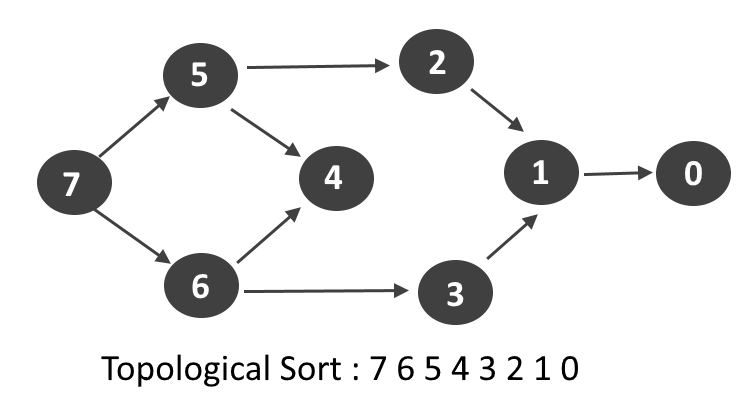My workload has increased tremendously this semester, which might be obvious since I am only a couple of semesters shy of graduation. One half of my day is spent learning concepts and the rest of the day is spent implementing them. This drastic change motivated me to look at ways to improve my cognition which made me chance upon a familiar topic, the Feynman Technique. The Feynman Technique draws a connection between the understanding of a concept and explaining it and I found its implications quite interesting and relevant not only to fellow students but also experts and professionals.
Overview
Richard Feynman was a theoretical physicist, popular for his work on subatomic particles, quantum computing and the controversial atomic bomb during World War II. A huge part of his popularity was his ability to explain concepts to individuals not thoroughly knowledgeable in the disciplines he professed which led him to implement a mental model after it, the Feynman technique.
According to the technique, in order to refine your understanding of a concept, you must first explain the concept to someone as clueless as a toddler, identify the gaps in your explanation, review and simplify.

This technique makes sense not only from a psychological standpoint - you most certainly don’t want to disappoint a toddler - but also from a theoretical perspective. Explaining to a toddler might imply breaking high level knowledge to low level chunks of knowledge that can actually be understood. This forces me to believe that maybe true understanding of knowledge comes from understanding of its derivation from the lower level constituents.
Graphical Implication of the Feynman Technique
In order to understand idioms, you most certainly need to understand words and in order to understand words you need to understand alphabets. Does this sound familiar? This makes me visualize knowledge in the form of a graph. Moreover, to prevent circular reasoning, we can assume this graph is acyclic.
Knowledge seems to flow like a topological sort from its lower level chunks to higher level chunks.

In the above image, if each node represents a concept that builds up with an outgoing vertex, a topological sort of the graph makes us realize that knowledge will flow in a sound manner from 7 to 0. Topological sorting helps solve problems like project build dependencies. Maybe it can help discern dependencies in the cognitive domain.
One might find it ridiculous but with research backing the positive correlation of mind maps with cognitive understanding, this theory is not too far from actual implementations.
If we can traverse this graph smoothly both top-down and bottom-up, we can certainly explain the target concept to most individuals and that in turn has a transitive effect in proving that we have achieved true understanding. However, this knowledge theory clearly comes with drawbacks.
Drawbacks
- It’s time consuming. Sometimes, all you need are the higher level details.
- Humans are very good at GIGO (Garbage In Garbage Out). One can believe a perfectly unreasonable theory and preach it too.
- It is susceptible to false negatives. Sometimes, the fault doesn’t lie in our understanding but the mental faculties of the other person.
- Communication delay.
Refining the Feynman Technique
Majority of the problems lie in human interfacing and other confounding factors like time. However, if we view the theory simply from my perceived implication of the technique, a somewhat modified proposal can be made.
This refinement breaks learning into the following steps:
- Identify knowledge graph.
- Toposort the graph.
- Traverse the resulting array.
- If stuck, refine the knowledge graph.
Concluding Remarks
After going over this journey of trying to visualize cognitive function, I realized that viewing knowledge as an acyclic dependency graph can perhaps provide a different perspective to grasping difficult concepts.
In hindsight, my implementation of the of the Feynman technique might defer both psychologically and theoretically from yours. Moreover, some assumptions like the acyclic nature of true knowledge might not stand in all scenarios. Sometimes you have feedback loops. However, if you found it useful or have suggestions do post it on the discussions forum.
